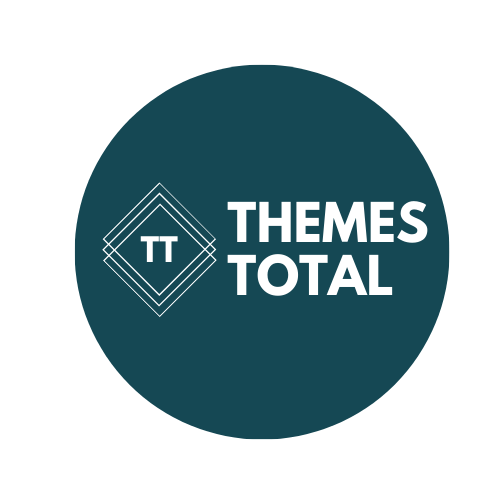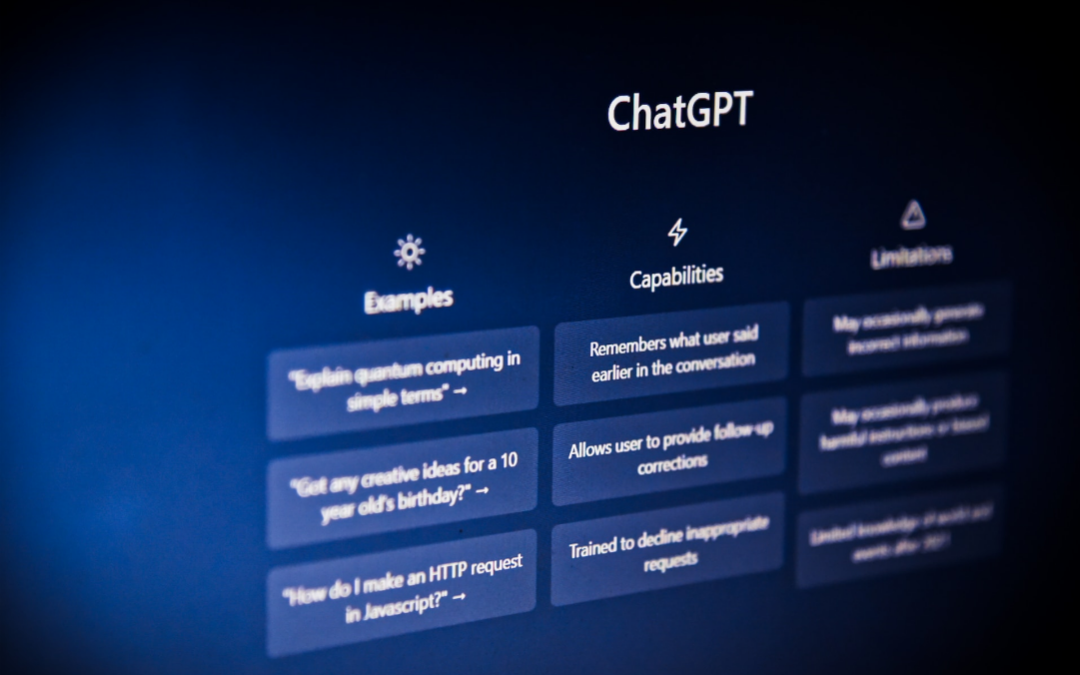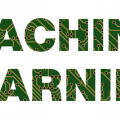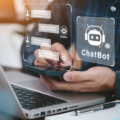ChatGPT and artificial intelligence are at the heart of many debates and conversations around the world. Between those who use it and see in it the future of electronic interaction, and those who criticize it and see in it an alarming loss of humanity, the exchanges are sometimes heated. If we had to reconcile them, we’d have our work cut out for us, and there’s no doubt that artificial intelligence wouldn’t be out of place if we had to put together the arguments that would make everyone agree. It would then be a matter of making some people understand that artificial intelligence isn’t everything, and others that it isn’t so artificial after all, thanks to the human involvement it requires. We’ll take up the cause of those who want more hope and solutions than unhappiness and dehumanization. We’ll then try to explain why ChatGPT may be more human than it seems.
ChatGPT: a term that hides many technologies and decades of research
Back in the 1950s, in the early days of cybernetics, machine learning and computer algorithms, no one could have imagined what a tool like ChatGPT would look like. Yet it was back then that many of the elements that make up ChatGPT were already envisioned, or at least, the thinking that led to the realization of many of its principles. So it wasn’t yesterday, and those who think they’ve been overtaken since this year by an immeasurable wave of technological novelties ready to engulf them, should have seen the tsunami coming over 70 years ago already.
Algorithms and machine learning: human intelligence at the heart of ChatGP
But that’s not all. The heart of ChatGPT’s operation lies just upstream of what we call machine learning. This concept of machines learning on their own, by compiling and linking data, relies primarily on what have long been known as algorithms. Algorithm is a terminology that has long been used in the world of computing, and even more so in general. The principle of an algorithm is to materialize a way of thinking, a method of execution involving several elements.
Humans, the initial and permanent source of artificial intelligence power
So, even before ChatGPT became an artificial intelligence and learned on its own to formulate clear answers and hold a conversation simulating human behavior, it was programmed with algorithms. These algorithms are precisely what enable it to understand that it needs to learn and how to do so. Without this prerequisite, this foundation straight from the natural intelligence of researchers and scientists, ChatGPT would be nothing intelligent and everything artificial.
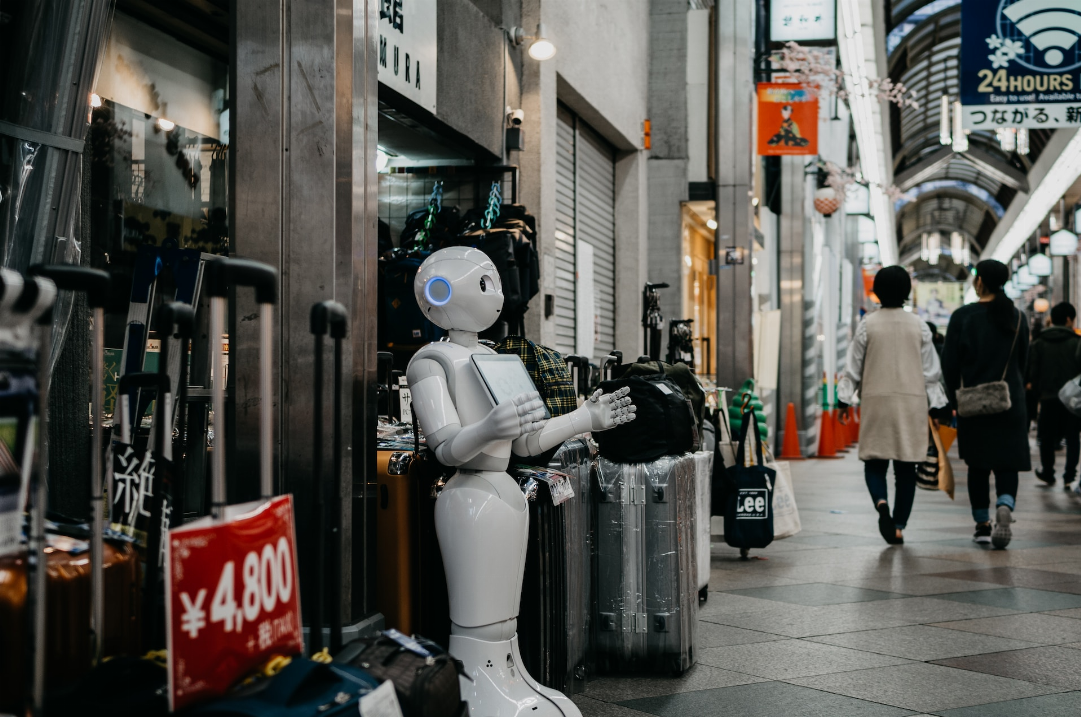
Everyone uses algorithms all the time, without even knowing it, integrating the fact that you have to wait for the traffic light to change color before you can move forward.
So it’s a very human process of mobilizing intelligence that underpins artificial intelligence tools like ChatGPT.
This is why we need to understand that artificial intelligence and its performance, although autonomous by nature, can only function and fulfill its mission thanks to human and natural intelligence. If we see robots at work, like a machine that we launch and which then works by itself, we owe it only to the human will to simplify, accelerate and improve a certain number of tasks and interactions.
The human being is therefore the key, the starting point, but also the point of arrival for artificial intelligence. Advanced technical solutions such as ChatGPT can only take shape under the impetus of programmers, whose work stems from reflection and the identification of important needs.
We should also remember that it was the participation of human beings in image or text recognition programs that enabled the development of machine learning. Whether voluntary or unavoidable for the use of certain services, it is these interventions that have trained machines to learn, retain and analyze data.
So should we fear artificial intelligence and tools like ChatGPT?
That’s not necessarily the question. The question is whether people should be interested, and how we can help them to do so. Because the crux of the problem is clearly identified: it’s by looking into the subject, understanding it and taking the time to reflect and criticize, that we’ll be able to better direct the uses and usages around ChatGPT.
There’s nothing inevitable about artificial intelligence, but rather reason to hope for better solutions to many issues: faster, more precise, more powerful.
For example, if medical imaging, oncology, radiotherapy and immunology advance in the future, it will be thanks to the learning and analysis power of artificial intelligence. Artificial intelligence will be able to spot tumors on a CT scan faster and with greater certainty, helping doctors to make the right decisions and thus anticipate the most dangerous situations for patients. Such advances are to be welcomed, and we hope that they will develop further and improve the lives of everyone, as we move towards greater health, knowledge and freedom.
